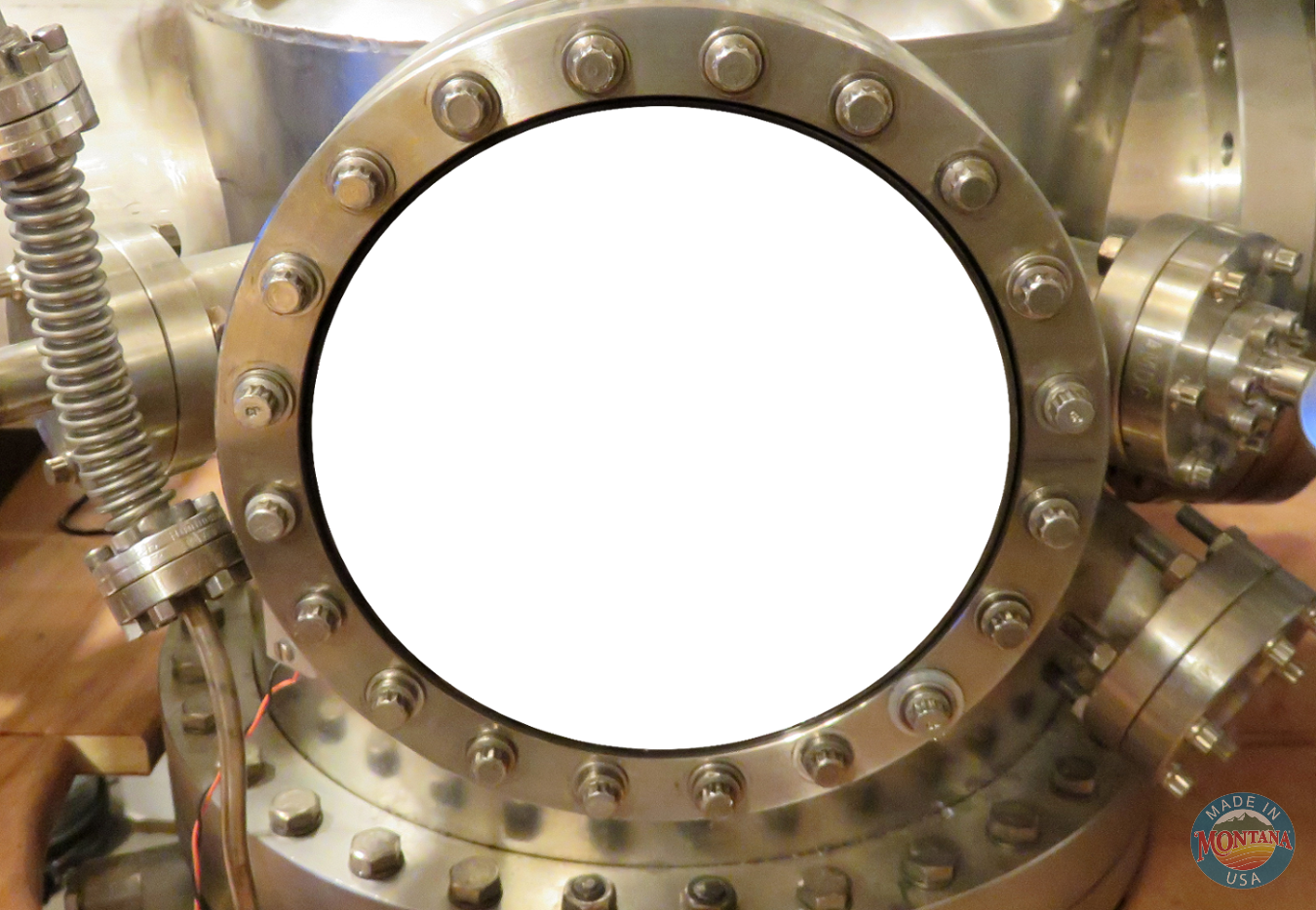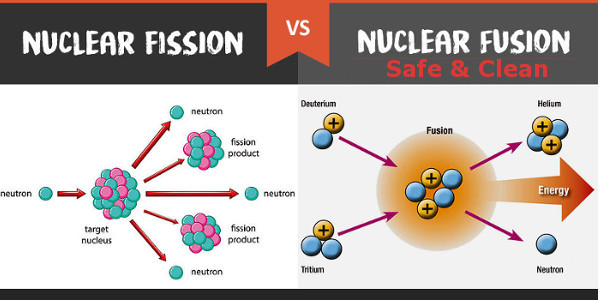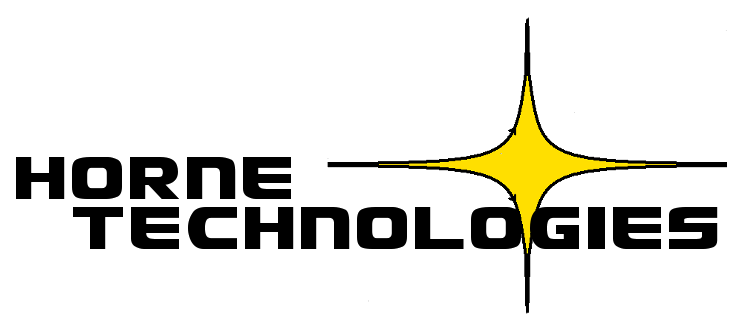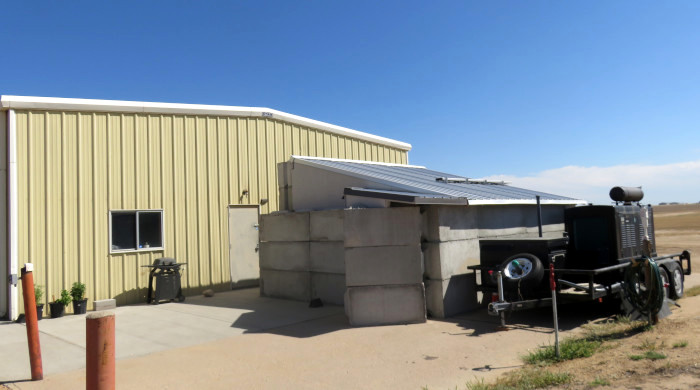
Horne Hybrid Reactor:
- First device demonstrating continuous operation
- First plasma achieved 2017
- First adoption of High Temp Superconductors
- Lowest cost approach to fusion energy
- Fastest iteration capability
- Fusion-temperature machine online 2022
- Full-power fusion device online 2024
- 2nd-Gen real time chamber pressure :)
110 ft^3 chamber, base pressure usually is ~10^-8 torr. If it is higher we are/have done exciting things!
.
- First plasma achieved 2017
- First adoption of High Temp Superconductors
- Lowest cost approach to fusion energy
- Fastest iteration capability
- Fusion-temperature machine online 2022
- Full-power fusion device online 2024
- 2nd-Gen real time chamber pressure :)
110 ft^3 chamber, base pressure usually is ~10^-8 torr. If it is higher we are/have done exciting things!
.
1950: Energy from fusion is only 20 years away.
1970: Fusion technology is only 20 years away.
1990: Break-even fusion is only 20 years away.
2010: Fusion power is very close, only 20 years away.
2025: Optimize fusion for energy production.
1970: Fusion technology is only 20 years away.
1990: Break-even fusion is only 20 years away.
2010: Fusion power is very close, only 20 years away.
2025: Optimize fusion for energy production.
The time is now. For nearly three-quarters of a century nuclear fusion has been just outside of the grasp for use as an energy source. Every day we walk outside and see our sun, bright and warm, but yet we have no viable method to replicate the process on Earth to produce energy.

*https://www.difference.wiki/nuclear-fission-vs-nuclear-fusion/
Unlike nuclear fission, nuclear fusion is the safe combination of atoms. It has the potential to produce energy without proliferation of weapons or fear of meltdown. Fusion might possibly be the ultimate safe and clean energy source.
 Fusion itself is fairly easy, even young people at the high school level have built simple fusion reactors for science projects. Why then do we not have all our electricity produced from fusion? The problem is optimization. Although fusion is easy, it is not easy to get energy from it.
Fusion itself is fairly easy, even young people at the high school level have built simple fusion reactors for science projects. Why then do we not have all our electricity produced from fusion? The problem is optimization. Although fusion is easy, it is not easy to get energy from it.

*https://www.difference.wiki/nuclear-fission-vs-nuclear-fusion/
Unlike nuclear fission, nuclear fusion is the safe combination of atoms. It has the potential to produce energy without proliferation of weapons or fear of meltdown. Fusion might possibly be the ultimate safe and clean energy source.
 Fusion itself is fairly easy, even young people at the high school level have built simple fusion reactors for science projects. Why then do we not have all our electricity produced from fusion? The problem is optimization. Although fusion is easy, it is not easy to get energy from it.
Fusion itself is fairly easy, even young people at the high school level have built simple fusion reactors for science projects. Why then do we not have all our electricity produced from fusion? The problem is optimization. Although fusion is easy, it is not easy to get energy from it. Horne Technologies is here to change that.
Full power device online 2024.
Full power device online 2024.
A hybrid approach and technology is being implemented to develop fusion technology for terrestrial and space energy applications. Fusion is the disruptive energy of the future.
Four core technologies are combined with state of the art high-temperature superconductors to improve the performance of the fusion device:
I) Inertial Electrostatic Heating (IEC)
II) Superconducting, Magnetically-Shielded Grid
III) High-Beta Capable Fusion Core
IV) Ion-ion and ion-neutral thermalization mitigation optimization
For 10 years Horne Technologies has been working on these fusion technologies to create optimized solutions for a viable fusion reactor for use in space and on Earth.


Horne Technologies Updates and Timeline
2019 - Seed funding acquired
2022 - Series A completed
2022-2024 - Fusion systems development
Second-generation device now nearing completion and full power fusion prototype in operation 2024.
- World's first superconducting, high-beta plasma research device in operation
- 10 years research and development of fusion technologies
- First use of advanced ReBCO superconducting wire in plasma containment device
- Extensive network of leading plasma physicists, engineers, and scientists
- Design of a record-breaking capable hybrid reactor
Second-Generation Device - In progress

Horne Technologies' large vacuum chamber is housed in our 50ton concrete shielding structure, which has a removable roof.
The second-generation will provide the optimization and parameter data to prove feasibility and acquire data to create a device capable of high efficiency.
The full power prototype device is targeted online 2024:
- Improved coil structure
- Advanced cryogenic cooling
- Advanced plasma diagnostics
- 50KeV plasma temperatures
- Full continuous operation - Validation of all required technologies
- Optimization and efficiency experiments

Third-Generation Device, Full Power Fusion Device - In progress
- Scale up proven technology to full power
- 5T+ magnets
- 100KeV plasma temperatures
- New higher current ion fuel system
- Full continuous operation


Horne Technologies is also a member of the Fusion Industry Association, promoting fusion energy for all:







